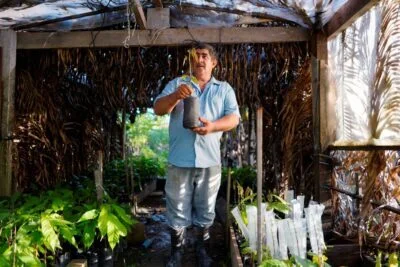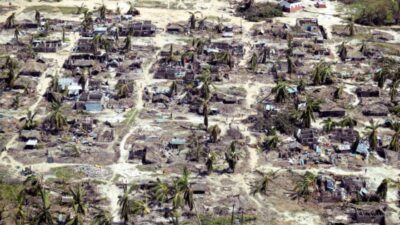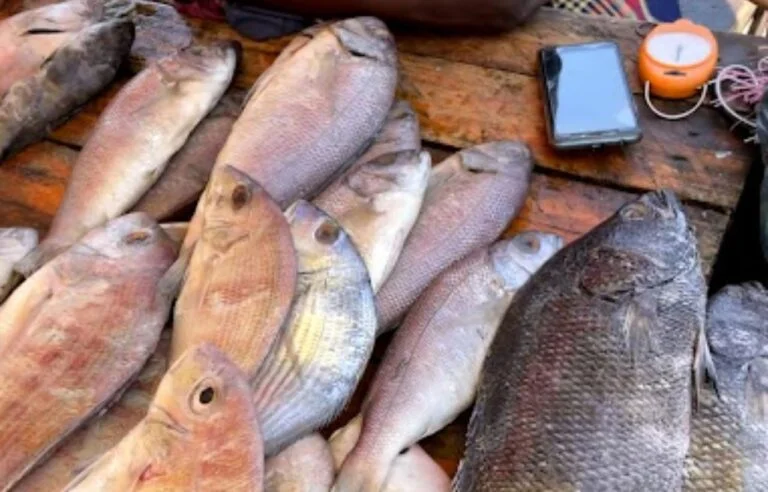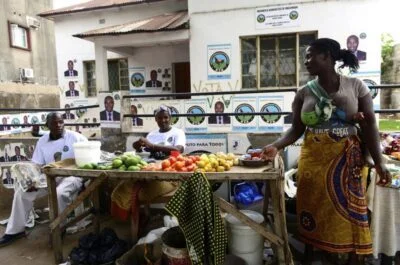Putting the data into disaster resilience strategy in central Mozambique
It is officially the rainy season in Mozambique. According to the National Institute of Meteorology, rainfall in some parts of the country might exceed the normal levels, triggering heavy flooding along the major river basins. In the last two years, the rainy season was exacerbated by supercharged storms, creating catastrophic events in the central provinces of Manica and Sofala. Many communities along the corridor between the two provinces have suffered devastating losses, particularly people living in high risk and hazardous areas such as the Pungue, Revue, Buzi and Lucite river basins.
Cumulative rainfall forecast for January in Manica and Sofala provinces
As the frequency of extreme weather events in the region intensifies, each year more resources are needed to support the recovery and rebuilding process. According to the United Nations Office for the Coordination of Humanitarian Affairs (OCHA), the cumulative cost of recovery after two consecutive cyclones (Idai and Eloise) in central Mozambique, is estimated around $4bn. Yet, the efforts to provide assistance have been further hampered by funding shortages as the country and the world braces for the uncertainties of COVID-19 pandemic.
And although many stakeholders have committed to support the recovery and rebuilding process, sustainable and resilient solutions are needed to effectively respond to the challenges of natural disasters in the region moving forward. So where to start? Evidence-based solutions, driven by data and reliable information can be the holy grail of disaster resilience in central Mozambique.
Data4MOZ has analysed a dataset from a household level survey conducted in 2020 across several districts in Manica and Sofala provinces. Using a composite rapid vulnerability assessment index, we were able to provide a granular understanding of the household perception of vulnerability on four selected components: i) climate change and natural disaster; ii) land tenure and shelter/housing; iii) food security; and iv) water and sanitation.
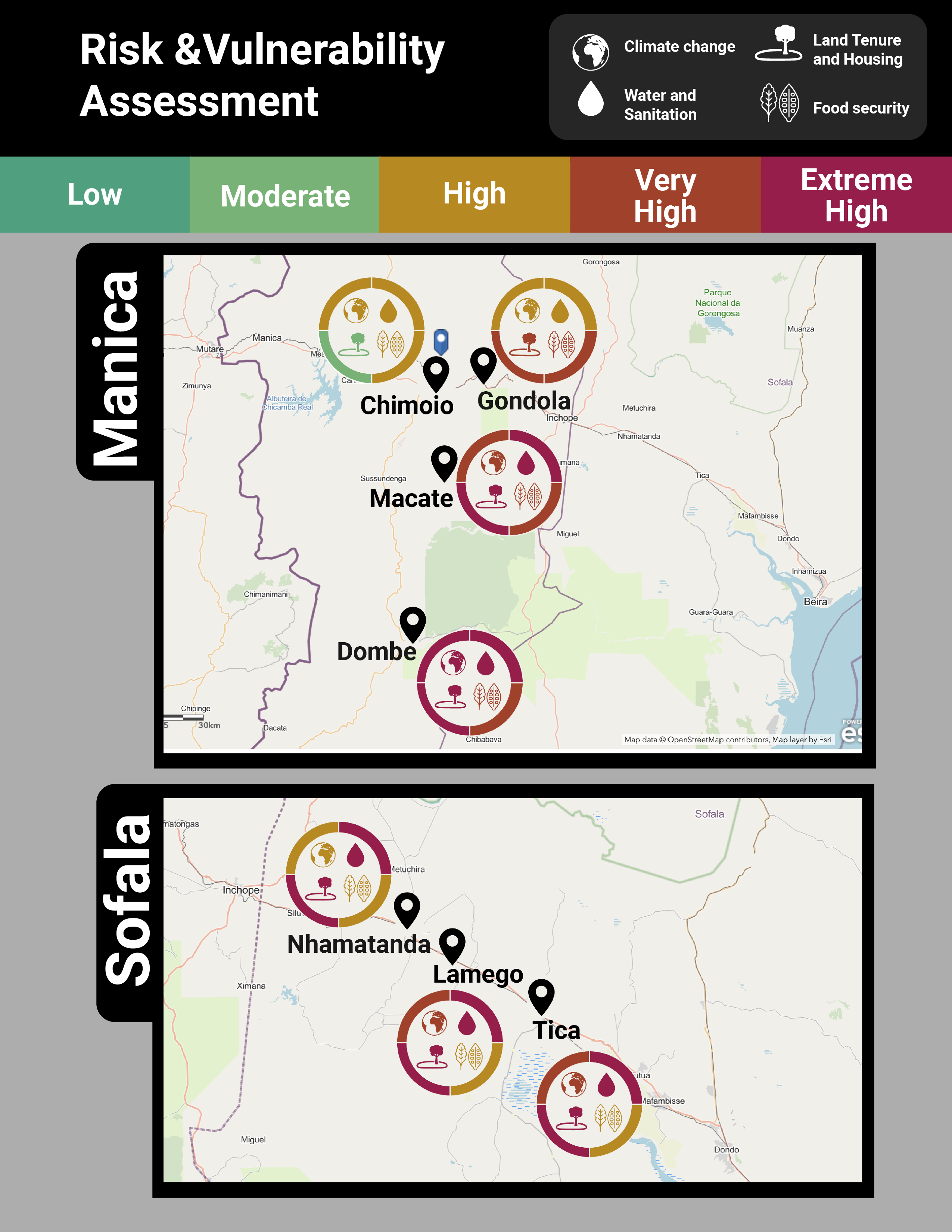
The results paint a grim picture of the situation in the community affected by the cyclones. The vulnerability severity level in all four components is very critical. But even with continued support in the post cyclone Idai and Eloise, long term solutions would require a much more reasonable-sounding and resilient strategy for the communities in high risk areas. First, prioritize investment in data collection at the community level (including household level). That would enable an effective and efficient allocation of resources in areas where it is most needed. Second, foster collaborative real-time information generation and sharing framework to reduce transaction costs and increase the value of money invested.
The wider point, though, is that data and information can guide an inclusive recovery and rebuild process, while also providing tools to measure the economic vitality of the key areas of community development.


